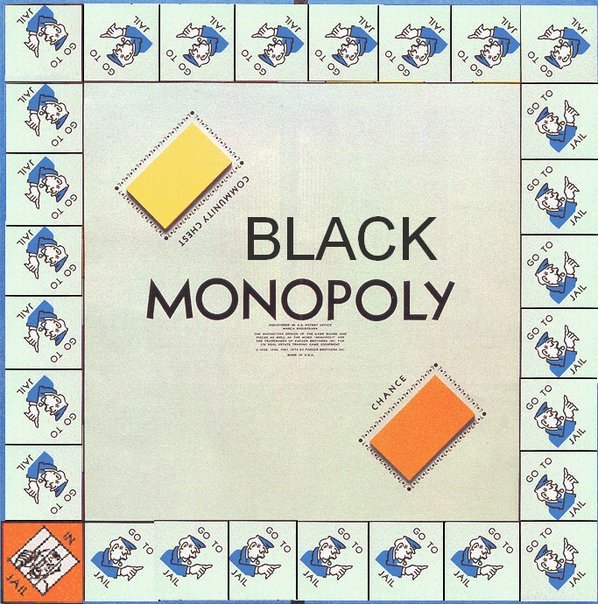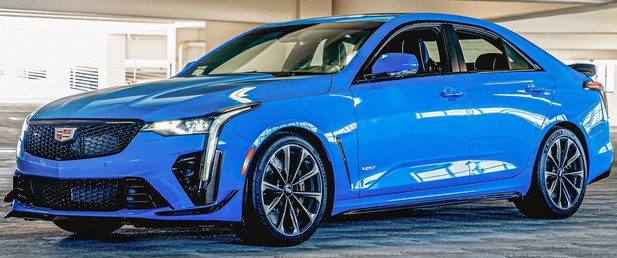I’ve had quite a lot of fun with the Monopoly board game on this here website over the years. In case you’re new to this back porch, or your brain is as old-fartish as mine, see here for an explanation of Poor Man’s Monopoly, here for Feministical Monopoly, here for some updated Chance / Commmunity Chest cards, and of course we have our old favorite, Black Monopoly:

Now we have this kind of Monopoly:

Going back to the original Monopoly for a moment, we now discover this seldom-exercised yet official rule:
“Whenever a player lands on an un-owned [vacant] property he may buy that property from the Bank at its printed price. If he does not wish to buy the property it is sold at auction by the Banker to the highest bidder.”
I’m interested in the terminology “…it is sold at auction” — it doesn’t say “can be sold”.
Does this mean that the auction is mandatory?
I invite the Powdered Wigsters among my Readers to debate the jots and tittles, in Comments.





















